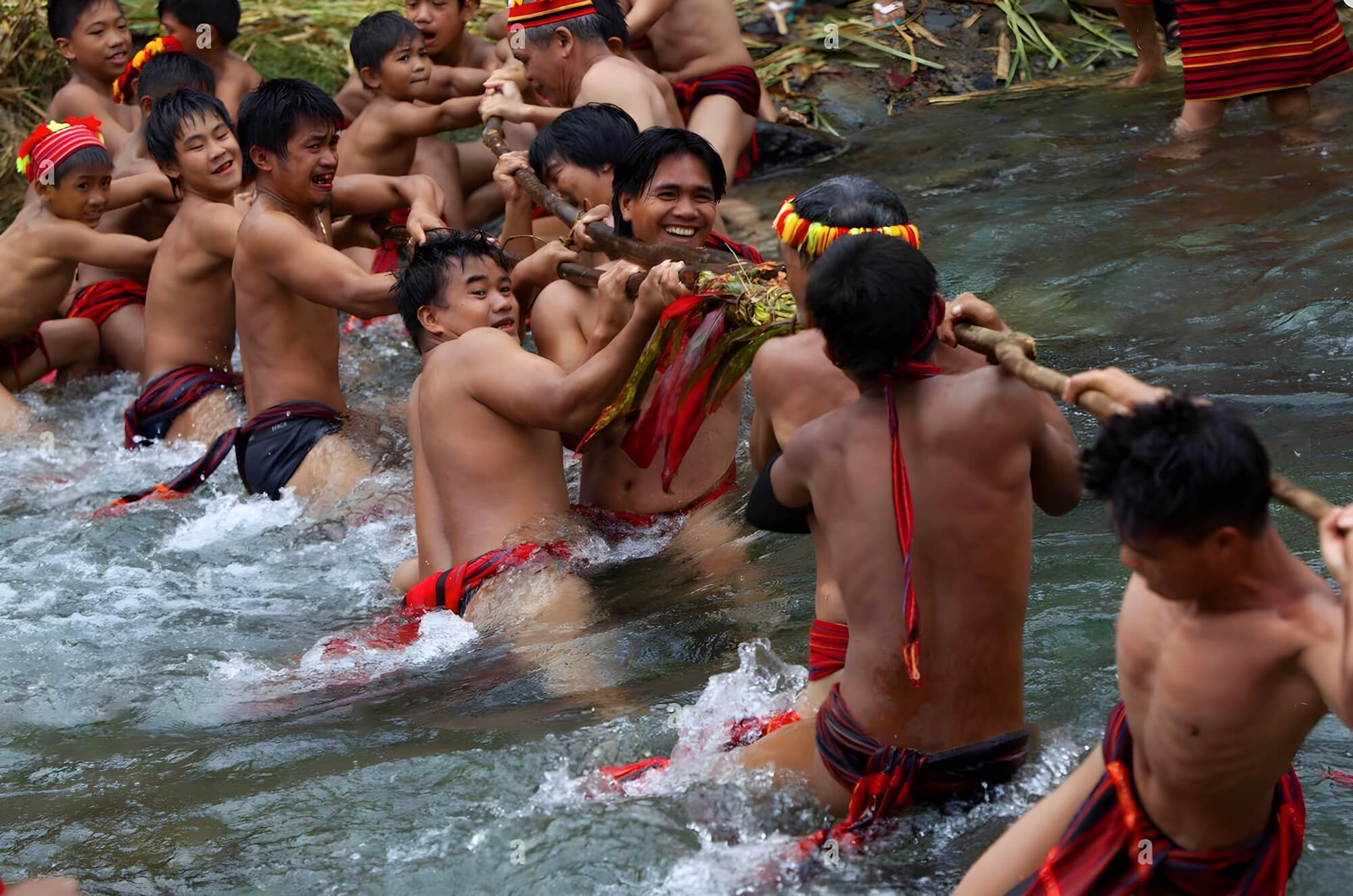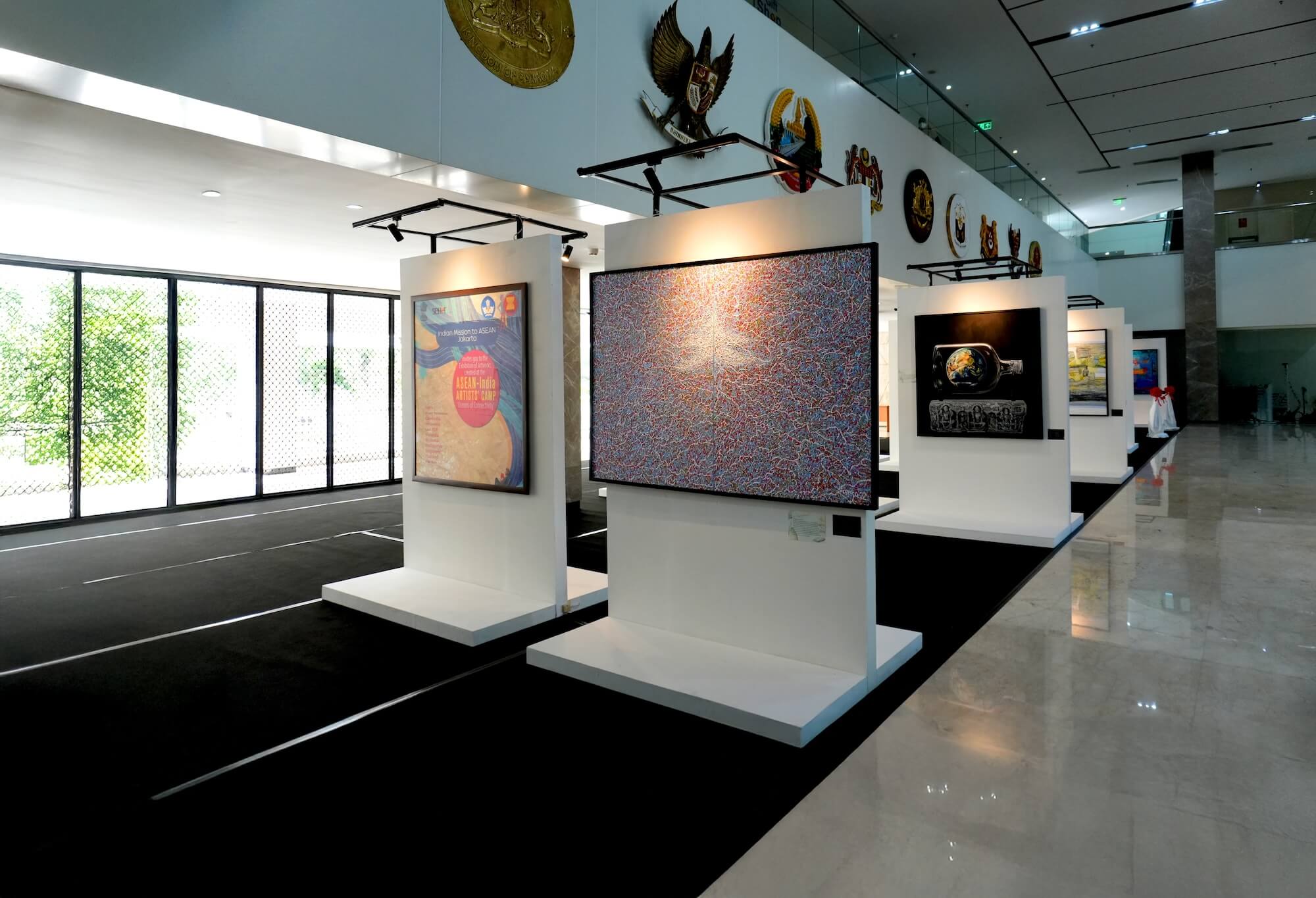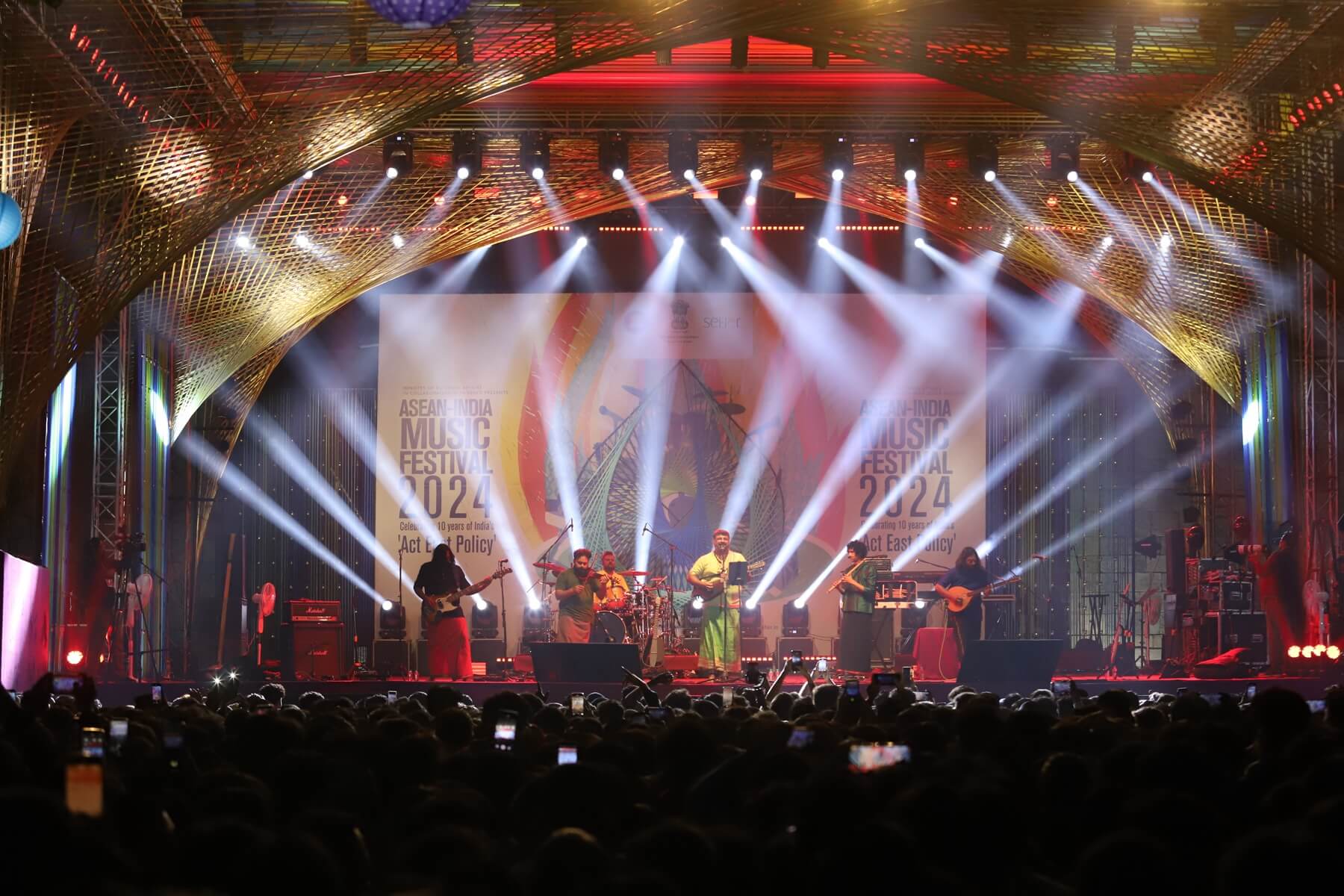



As a key partner and close neighbour of ASEAN, Korea is committed to strategic and collaborative efforts relating to cultural heritage.
This phrase was included in the Chairman’s Statement at the 24th ASEAN-ROK Summit in Jakarta, Indonesia, in September 2023. During the Summit, the South Korean President reiterated Korea’s unwavering support for ASEAN Centrality and KASI (Korea-ASEAN Solidarity Initiative) following last year’s ASEAN-ROK Summit. For South Korea, ASEAN is considered a key cooperative partner and close neighbour, and “cultural heritage” has become an area of cooperation, as emphasised at the ASEAN-ROK Summit.
“Shared heritage” to be the first subject of ASEAN-ROK cooperation
The Chairman’s Statement above also highlights the outcome of the 1st and 2nd Meetings of the ASEAN-ROK Working Committee on Cultural Heritage Cooperation (from hereon “Working Committee”), held in November 2022 in the ROK and in May 2023 in Indonesia, and joined by 24 cultural heritage and international cooperation officers from the ROK, ASEAN Member States, and the ASEAN Secretariat.
The Working Committee provisionally identified “shared heritage” as the theme for the first cooperation project between ASEAN and the ROK at the 2nd Meeting in Jakarta in May. The content of “shared heritage,” the subject of this cooperation project, is based on intangible heritage. Currently, the ROK, ASEAN, and the ASEAN Secretariat are discussing specific project directions focusing on the rice culture, which is also the symbol of the ASEAN flag. In addition to the rice culture, the 2nd Meeting discussed maritime heritage, underwater heritage, craft such as lacquer craft and food culture as candidates for shared heritage.
The contemporary meaning of heritage and ASEAN-ROK cooperation
Our ancestors’ legacy of the past, including intangible heritage, has a contemporary meaning and value—as a medium to connect the present and future generations and make them appreciate heritage. As shown by the examples of Angkor in Cambodia and Hong Nang Sida in the Lao PDR, both of which the ROK has participated in preserving, well-preserved cultural heritage sites that have tremendous economic value as representative tourist destinations. The same is true for intangible heritage. For example, the Korean Cultural Heritage Administration is working with the Kyrgyz Republic to build a transmission environment for traditional crafts in Kyrgyzstan (such as establishing traditional crafts facilities), which is expected to help reduce poverty and revitalise the local economy. As such, the preservation and revitalisation of cultural tangible or intangible heritage can be considered the key driver of sustainable development in the present and future. Moreover, the commercial utilisation and sustainable development of cultural heritage has been emphasised and mentioned in the ASEAN Declaration on Cultural Heritage 2000, the Strategic Plan for Culture and Arts 2016-2025, and the Vientiane Declaration 2016.
Heritage is also a medium for communication between nations. Cooperation in heritage has a special place in the international community. Using heritage as a medium between the past, present, and future sets it apart from other sectors. As an object with a past and a future, heritage is recognised as the most potent medium for strengthening solidarity among partner countries. Therefore, more than any other field, cooperation in heritage is a powerful means to connect Korea and the 10 ASEAN Member States culturally and historically.
heritage in ASEAN-ROK cooperation
UNESCO recognises the joint inscriptions of intangible cultural heritage based on the understanding that heritage is a legacy from the past rather than a commodity. It also acknowledges the potential for sharing heritage among peoples and countries. The case of tugging rituals and games is one example. It was jointly registered as an Intangible Cultural Heritage of Humanity by Cambodia, the Philippines, Viet Nam, and the Republic of Korea in 2015. Although there are differences in rope-making methods, performance time, and detailed procedures of the game across different countries, the core of the tug-of-war lies in the shared understanding that it represents a traditional culture praying for prosperity, particularly in rice farming nations. In addition, the value of the shared heritage of tugging rituals and games lies in the regional characteristics of the game, which is widely practised in East and Southeast Asian cultures, and the aspects of the game that promote community enrichment and security through harmony and unity among members.
The concept of shared heritage, in which countries jointly promote its transmission, and the discovery of shared heritage in ASEAN align with ASEAN’s motto, “One Vision, One Identity, One Community.” Furthermore, the Vientiane Declaration on Reinforcing Cultural Heritage Cooperation in ASEAN, dated 6 September 2016, cites intangible heritage as a mean of communicating ASEAN values and solidarity and as a subject for research on cultural interconnections in the ASEAN region. For these reasons, we would like to focus on the heritage shared, especially intangible heritage, as the subject of the first cooperation project of the Working Committee.
Safeguarding intangible heritage: Core tasks
Safeguarding intangible heritage requires a different approach than tangible cultural heritage. While the principle of heritage protection is to keep pagodas, palace sites, old paintings, and ceramics as they were at the time of their creation in their original state, intangible heritage such as lacquer craft skills, use the expression “transmission” rather than “preservation,” and a legal concept of protecting the “archetype” rather than the “original state” in Korea. This resulted from policies that recognise the evolving nature of intangible heritage, which naturally changes over time. Unlike tangible cultural heritage, which is safeguarded as it was created and utilised in modern times, the common challenge for safeguarding intangible heritage is to (i) create a “transmission environment” where traditional dances, songs, rituals, and skills can continue to be passed down to succeeding generations; and (ii) raise awareness of intangible heritage.
To fulfil our shared challenges in safeguarding intangible cultural heritage, we envision the ASEAN-ROK Cooperation Program in the following three directions. The project will begin by researching and identifying specific subjects of the shared heritage by ASEAN and Korea. The project will then establish a digital archive utilising in-depth research on the shared heritage of ASEAN and Korea to the international community through digital content creation and exhibitions. Thirdly, it will provide capacity-building programmes to educate ASEAN youth on utilising the shared heritage. The project plan introduced here will be revised and supplemented through an agreement with ASEAN at the 3rd Meeting of the Working Committee, scheduled in Chiang Rai, Thailand, in December 2023.
In implementing the shared heritage cooperation projects, it will be necessary to cooperate and coordinate with various fields, such as education, science, tourism, and environment, in addition to intangible and tangible cultural heritage. These fields are all closely related to heritage, and related networks have already been formed in Korea, such as education for human capacity building, cultural heritage disaster prevention, cultural heritage preservation science, tourism resource utilisation of cultural heritage. Know-how has been accumulated to a certain extent on the direction of collaboration with other fields as a methodology for preserving and utilising heritage centred on heritage. It is expected that the Working Committee can use this accumulated know-how.
Through this shared heritage activities, the ASEAN Member States are expected to strengthen their cultural identity and solidarity, internal cohesion, and eventually the ASEAN Centrality. In addition, if ASEAN and Korea can find common ground through heritage, the solidarity between ASEAN and Korea can be further strengthened through the transmission of shared heritage, and we hope to join this meaningful process and effort in the name of Korea and the ASEAN-ROK Working Committee on Cultural Heritage Cooperation.
The views and opinions expressed in this article are solely those of the author and do not reflect the official policy or position of ASEAN.








